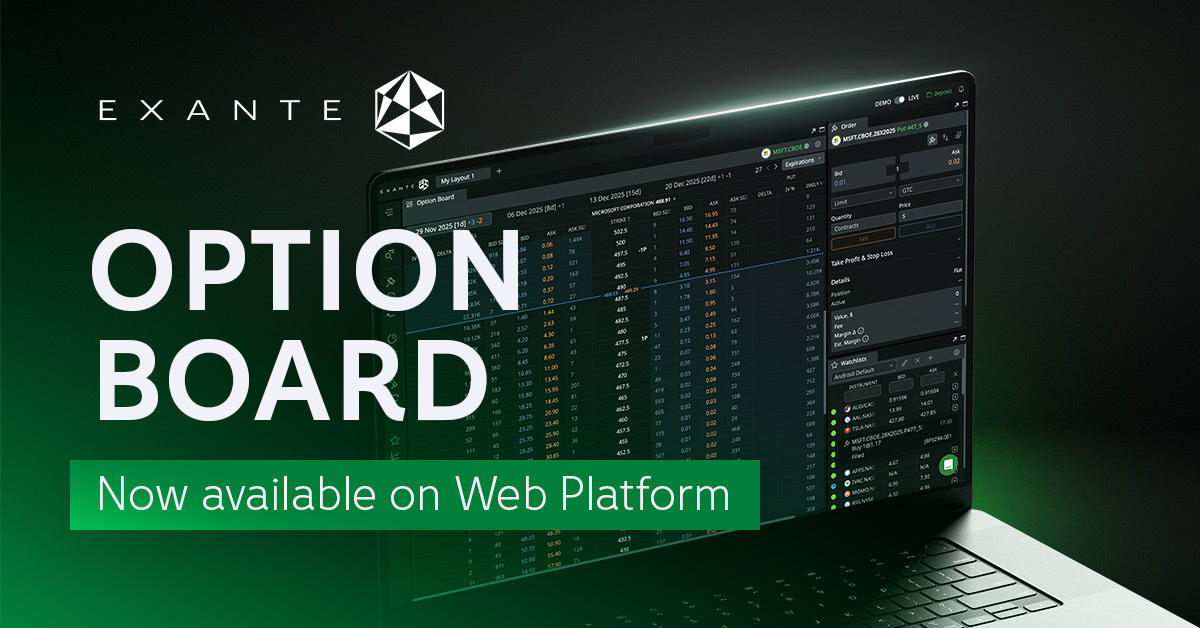
EXANTE Macro Insights

By Renée Friedman, PhD
Welcome to the 3rd in our Macro Insights series. Over the last week, during its annual meeting, the IMF said the global economy is projected to grow 5.9% in 2021 and 4.9 % in 2022 (0.1% lower for 2021 than in the July 2021 World Economic Outlook (WEO) Update). The downgrade is due to ongoing supply disruptions in developed markets and worsening pandemic dynamics in low-income developing countries. Employment is generally expected to continue lagging the recovery in output. In short, the risks are rising that inflation may be more sticky than some are willing to admit. Indeed ECB President Lagarde reiterated on Thursday her belief that Europe's inflation upswing is still temporary and there are no signs yet that the recent surge is becoming embedded in wages. She said, "So far, there is no evidence of significant second-round effects.” However, given that Eurozone inflation is expected to hit 4% before the end of the year, twice the ECB's target, the ECB may have to listen to IMF advice and should be prepared to act quickly if there are risks of rising inflation expectations becoming tangible.
The US remains a different story in terms of willingness to act. The demand for workers is outpacing supply and job openings were at a near-record high of more than 10.4 million in August according to Labour Department data. Producer prices have also reached an 11 year high coming in at 8.6% y/o/y in September while U.S. consumer prices shot up 5.4% over the same period. The US Fed’s taper is set to begin next month judging by speeches from FOMC members, some of whom, like St. Louis Fed President James Bullard, wants to see the taper completed in Q1 2022 rather than in mid 2022. As a result the Treasury 10-year yield ticked lower during the week while equity markets were up as better than expected corporate earnings and economic data outweighed investors’ concerns about inflation and continuing supply-chain bottlenecks negatively affecting growth.

Things to look out for this coming week:
- The annual IMF/World Bank meetings conclude this week with discussions on the role of trade and on the digital money revolution on Friday and a speech on globalisation after the pandemic by ECB president Christine Lagarde on Saturday.
- In Europe on Friday there is the European Council meeting while on Wednesday look for EU consumer price index data as it may force the ECB to rethink the pace of policy change; On Thursday look out for preliminary consumer confidence numbers as well as preliminary Market PMI composite numbers for October. Both will be closely watched as indicators of continuing economic recovery or slowdown.
- For the UK we will look forward to CPI data on Wednesday which will give a solid indication of just how sticky inflation is becoming. We will then get a further view on how confident UK consumers are feeling about the economy and its prospects for growth on Thursday with the release of the GFK consumer confidence survey.
- For the US on Friday we will be focused on retail sales and the preliminary Consumer Sentiment Index to see whether or not consumers are still optimistic about the economy or are getting bogged down by inflationary expectations. On Tuesday data on housing starts and building permits will be viewed as a signal of expected economic growth. On Thursday we see the release of weekly jobless claims. We’ll also be looking at the Philadelphia Fed manufacturing survey which serves as an indicator of manufacturing trends.
- And do keep an eye out for China’s y/o/y GDP release on Monday. A slowdown in China will have a wider impact on emerging markets, particularly commodity exporting countries. Retail sales data will also be released on Monday.
It’s all about getting the money, money, money
While global markets worry about rising prices and supply bottlenecks hindering trade, governments are increasingly focused on ensuring that it is in fact easier to receive payments from trade. And what is clear to many is that Covid has changed global trade trends and accelerated the digitalisation of money and payments. However, payment and market infrastructures remain fragmented. Making integration across wholesale and retail payments easier, faster, and cheaper will be vital to supporting economic growth.
On Tuesday 12 October the G20 held a meeting that discussed their roadmap for enhancing cross-border payments. This roadmap is setting specific quantitative global targets for addressing the challenge of cost, speed, transparency and access faced by cross-border payments.
Cutting out the middleman
One of the most interesting aspects of the roadmap is the potential role of central bank digital currencies (CBDCs). CBDCs are essentially the digital form of a country’s fiat currency so are also a claim on its central bank. Instead of printing physical cash, the central bank issues electronic coins or places digital money in accounts. Unlike cryptocurrencies which are decentralised and not issued or backed by a nation state or central bank, CBDCs are fully backed by their respective governments. And even though the aggregate market value of cryptocurrencies now exceeds $2 trillion, they can suffer from price volatility. In response to cryptocurrencies perceived shortcomings, as noted by Ian De Bode, Matt Higginson, and Marc Niederkorn of the consultancy company McKinsey in an 11 October paper, “multiple private, stabilised cryptocurrencies—commonly known as stablecoins—have emerged outside of state sponsored channels, as part of efforts designed to enhance liquidity and simplify settlement across the growing crypto ecosystem. Stablecoins are pegged to a unit of underlying asset, often issued on faster blockchains, and are wholly or partially backed with state-issued currencies (such as the US dollar, Pound Sterling, or Euro), highly liquid reserves (like government treasuries), or commodities such as precious metals.”
But for governments around the globe concerned about ensuring the conditions and tools for economic growth are as well developed as possible, CBDCs are a potentially much safer and more controllable option. A trial by the Bank for International Settlements (BIS) in September concluded that CBDCs could slash the time needed for cross border payments to seconds instead of in the three to five days it usually takes as payments are passed via a network of banks. This is particularly the case when a bank has no network in a given country so has to channel payments via a local bank. The trial, which was held between Thai and Hong Kong central banks, used blockchain to synchronise transaction data across the payment chain. The trial also indicated that costs could be cut by up to half by reducing liquidity management, compliance and foreign exchange operations. The BIS is now working with the central banks of Australia, Malaysia, Singapore and South Africa in a new initiative, named Project Dunbar, to test the use of CBDCs in cross border payments. The goal, according to the BIS, is to allow financial institutions to transact directly with each other in these digital currencies thereby eliminating the need for intermediaries and cutting the time and cost of transactions.
And on Wednesday 13 October the G7 also came out in support of CBDCs, saying that it would complement cash and could act as a liquid, safe settlement asset and an anchor for the payments system. However the G& did caveat their support by stating that the currencies must be issued in a way that does not infringe upon the central banks' mandates, and meet rigorous standards of privacy, transparency and accountability for protection of user data.”
Although, according to the Atlantic council, only five countries currently have active CBDCs, 81 countries (representing over 90% of global GDP) are now exploring their development. The actual issuance of CDBCs by key institutions like the US Fed, the Bank of England, the Bank of Japan, and the ECB is still quite a long way off. However, it is becoming increasingly clear that wiithout new standards and international coordination to deal with these new digital innovations, the global financial system may face a significant currency exchange problem in the not too distant future.
DISCLAIMER: While every effort has been made to verify the accuracy of this information, EXT Ltd. (hereafter known as “EXANTE”) cannot accept any responsibility or liability for reliance by any person on this publication or any of the information, opinions, or conclusions contained in this publication. The findings and views expressed in this publication do not necessarily reflect the views of EXANTE. Any action taken upon the information contained in this publication is strictly at your own risk. EXANTE will not be liable for any loss or damage in connection with this publication.
本文提供给您仅供信息参考之用,不应被视为认购或销售此处提及任何投资或相关服务的优惠招揽或游说。金融工具交易存在重大亏损风险,未必适合所有投资者。过往表现并非未来业绩的可靠指标。



